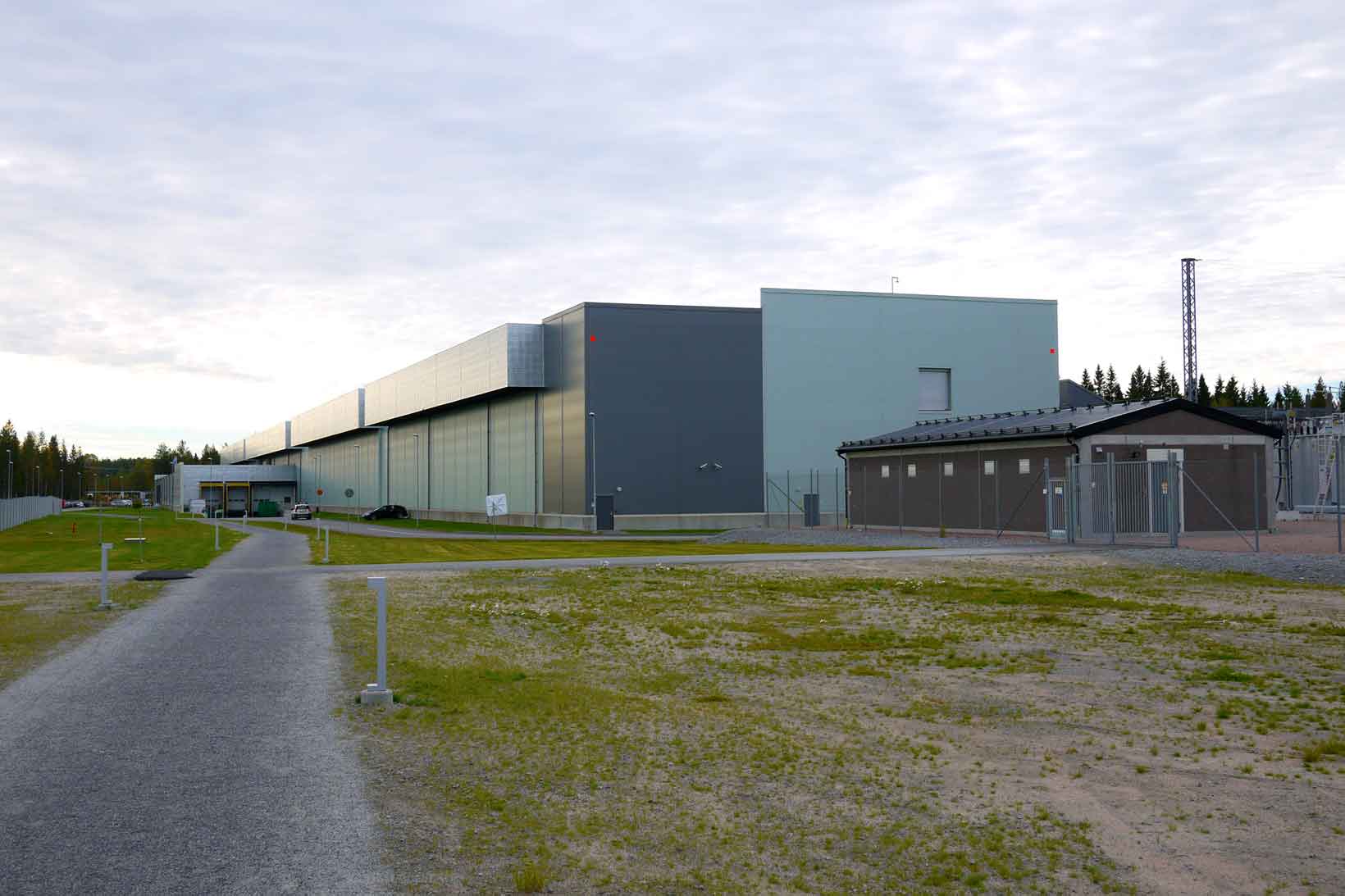In 2013, Facebook (now part of Meta) opened a huge new datacentre near the town of Luleå in northern Sweden. Two others since followed. Data storage company Piql opened the Arctic World Archive (AWA) in Svalbard in 2017. Why is the Arctic being used for data storage?
The main attraction of this site for Meta is the cold climate, where temperatures average -20°C in winter. The racks of computer equipment that host and transfer 350 million photos, 4.5 billion likes and 10 billion messages each day generate a lot of heat, and have to be cooled down. This usually requires large amounts of energy, but in Luleå, the freezing air is pumped into the buildings. There is also access to cheap hydroelectric power here, and a university which supplies a skilled workforce.
Cold locations are now being used for data storage. For example, in a converted mineshaft in the Norwegian archipelago of Svalbard, data storage company Piql has established the Arctic World Archive which can securely store data in the permafrost for at least 500 years.

The global nature of the internet, and the electronic transfer of data, means that this facility does not have to be in any particular location.
The centres handle data processing from Europe, the Middle East and Africa and also house an enormous data storage facility. So it’s likely that the apps you use have come from polar processors.
- Locate the data centres in Sweden using this link.
- Read a Guardian article providing images and further information about Facebook’s datacentres in Luleå.
- Watch the video on Facebook below.
- Read the article on the AWA data storage centre in Svalbard.
Activity
- Create a table and summarise the pros and cons for building data centres in the Arctic.
- Classify your findings into socioeconomic, political and environmental.